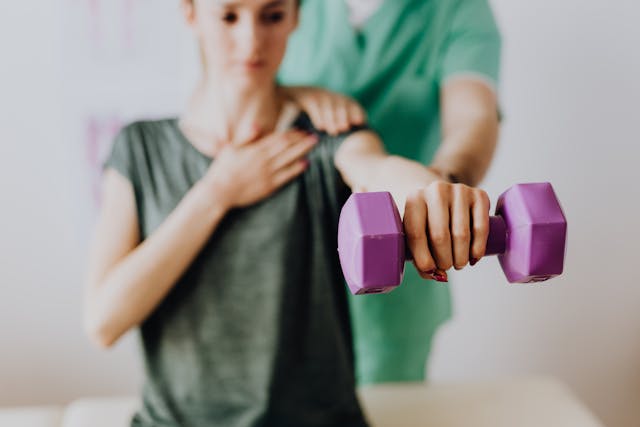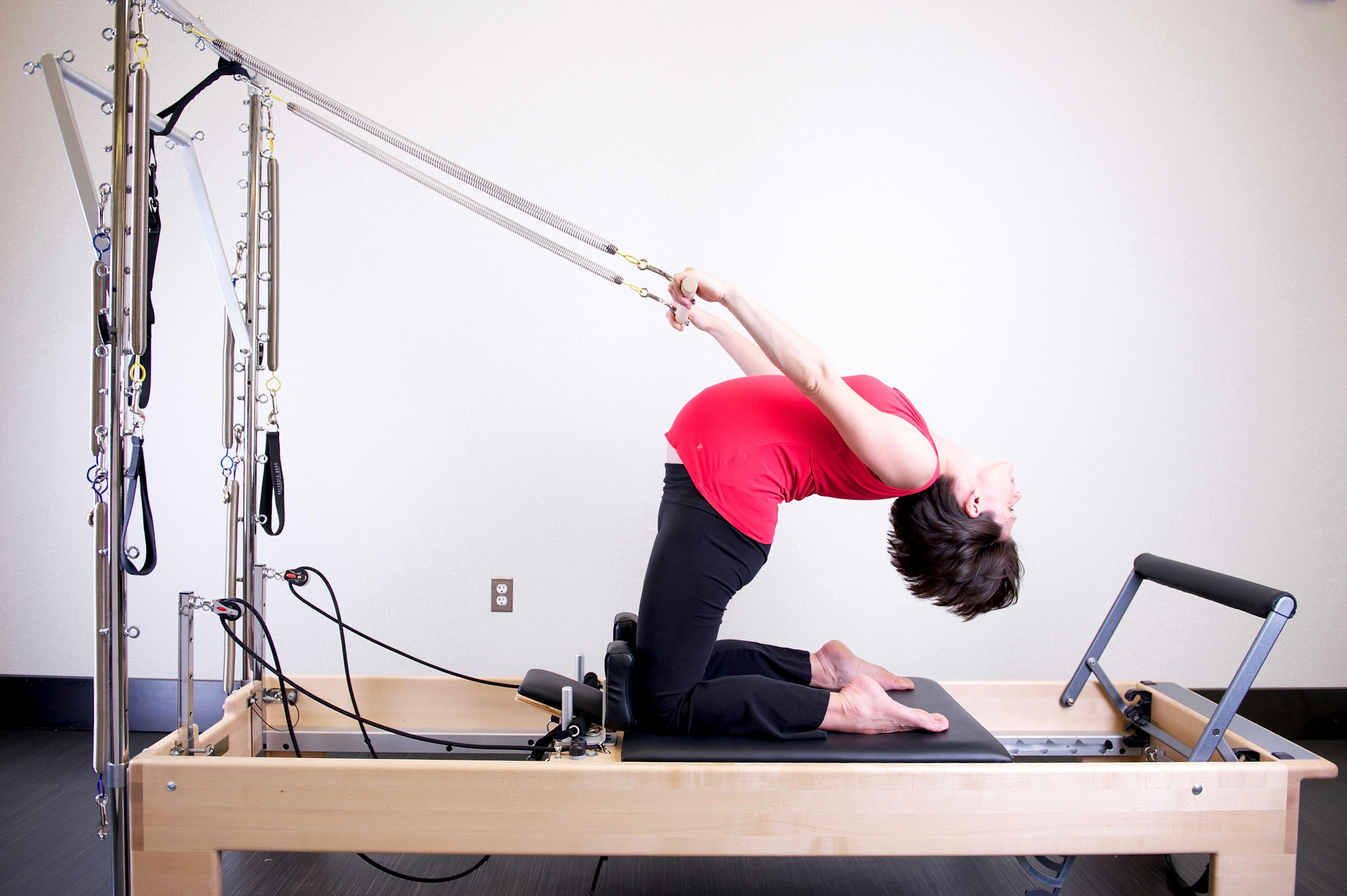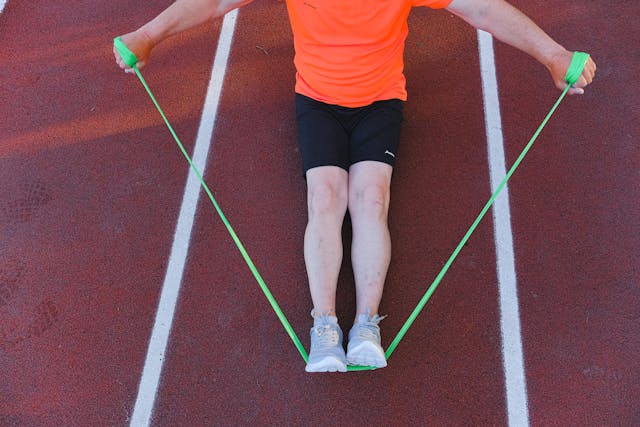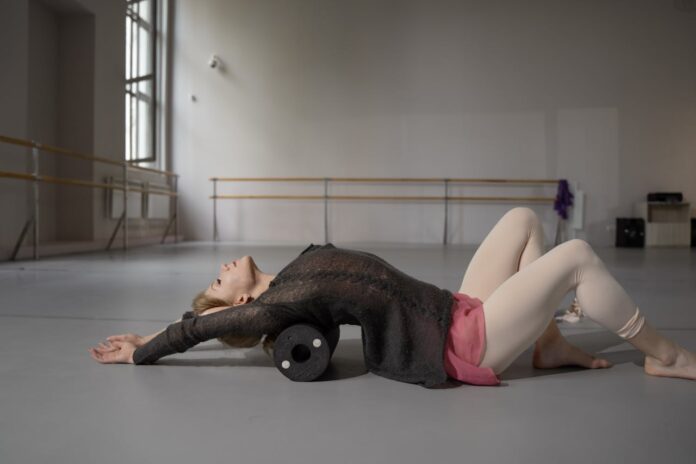Exercise is an important part of living a better life. It helps in making our body stronger. However, the exercise done in physiotherapy differs from traditional workouts. In physiotherapy, the exercise is therapeutic in nature. Physiotherapy includes exercises that help heal different conditions and allow the patient to return to their daily life. In physiotherapy, exercises are done under the guidance of the therapist. Some exercises are performed by the therapist, while others can be done by the patient themselves. Exercises are part of a wider treatment that may also involve electrical therapy. Some exercises require specialized equipment. These are medical-grade equipment that aid in therapy.
Physiotherapy Exercises
In physiotherapy, there are various types of exercises. These exercises can be broadly classified into two types: Active and Passive. Active exercises are the exercises performed by the patients; they are not to be done by the therapist. Passive exercises are performed by the therapist and do not require any effort on the patient’s part. The type of exercise prescribed is decided by the therapist, depending on various factors such as the patient’s condition, age, and health issues. Initially, the exercises may feel difficult for the patient, but as time progresses, the body becomes more comfortable with the exercise, supporting healing.


Physiotherapy Exercise Equipment
There are various exercises that require specialized equipment. These tools are necessary for certain exercises. While there are many different types of equipment, some are quite common and available in every rehabilitation center.
-
- Balance board: A board on which a patient stands and tries to balance. It is useful in treating balance-based disorders and rehabilitation to restore balance after injury.
- Resistance bands: Used for strength training. These bands come in different intensities and are used to train muscles.
- Shoulder wheel: A wheel attached to the wall. A patient turns the wheel clockwise and counterclockwise, helping treat shoulder disorders and improving range of motion.
- Treadmill: Used for gait training, allowing the patient to walk or run in a secure environment.
Other Equipment
- Dumbbells: Used for weight training, especially for patients with muscle atrophy. They also help with coordination and range of motion.
- Pulley: Used for shoulder training in conditions like frozen shoulder. It aids pain management by improving overall blood circulation.
- Hand Grip Strengthener: Helps in training fingers. It is beneficial for patients with hand injuries or paralysis, improving finger muscle strength.
- Hand ball: A mini workout for the hands, training the whole hand, including the fingers. It also aids in stress management for many.
- Foam rollers: Foam-based, cylinder-shaped tools used to relieve pain, provide muscle relief, and improve the range of motion in joints.


Equipment is Essential
In physiotherapy, exercise equipment is essential. It helps in advanced therapy sessions and improves muscle strength, stability, and flexibility. For conditions such as post-surgery care and neurological disorders like Cerebral Palsy, it is important. Equipment helps in the progressive training of muscles and, in many cases, helps in faster recovery. It allows effective training of each muscle with great results. A good physiotherapy clinic is one where all necessary equipment is available.
![]()
![]()


Selecting the Right Equipment
For a physiotherapist, it is essential to use the right equipment for each condition. This is important because only the correct treatment can improve certain conditions. Selecting equipment isn’t just about choosing the right type but also giving the right equipment or tuning it appropriately for the patient. For example, a patient with mild monoplegia may not require a very heavy dumbbell, or someone with a gait disorder may be unable to walk on a treadmill at high speed. These considerations are very necessary for an overall effective treatment.
Safety and Maintenance
While using exercise equipment, safety is essential. Some equipment may cause injury if not used correctly, such as resistance bands. It is important to know how to use them safely. Maintaining the equipment is also necessary for longevity, especially those involving electricity, like treadmills or cycles. Proper servicing is crucial, and in the case of malfunction, it is best to avoid use until the issue has been fixed. This is to avoid any unfortunate injury that may result due to use during malfunction. It is also important to check the equipment from time to time and to look for any wear and tear, and to replace the equipment in case of any findings.


Physiotherapy focuses on rehabilitation through various methods. Exercise is a significant part of physiotherapy, and equipment helps make exercise more effective. In many exercises, equipment allows exercises to be done with less effort, which can be beneficial for those with severe conditions. By utilizing exercise equipment, a physiotherapist can provide high quality treatment to patients, often leading to quicker recovery in many cases. For patients, using equipment can be a fun and easier way to complete their rehabilitation program and also to improve their condition. A good physiotherapy department should have all the necessary equipment available, and all should be in working condition. It is also important to add more equipment from time to time so that patients can receive the best treatment. Only with these careful steps can the treatment work fully and provide the much-needed relief to the patient.










